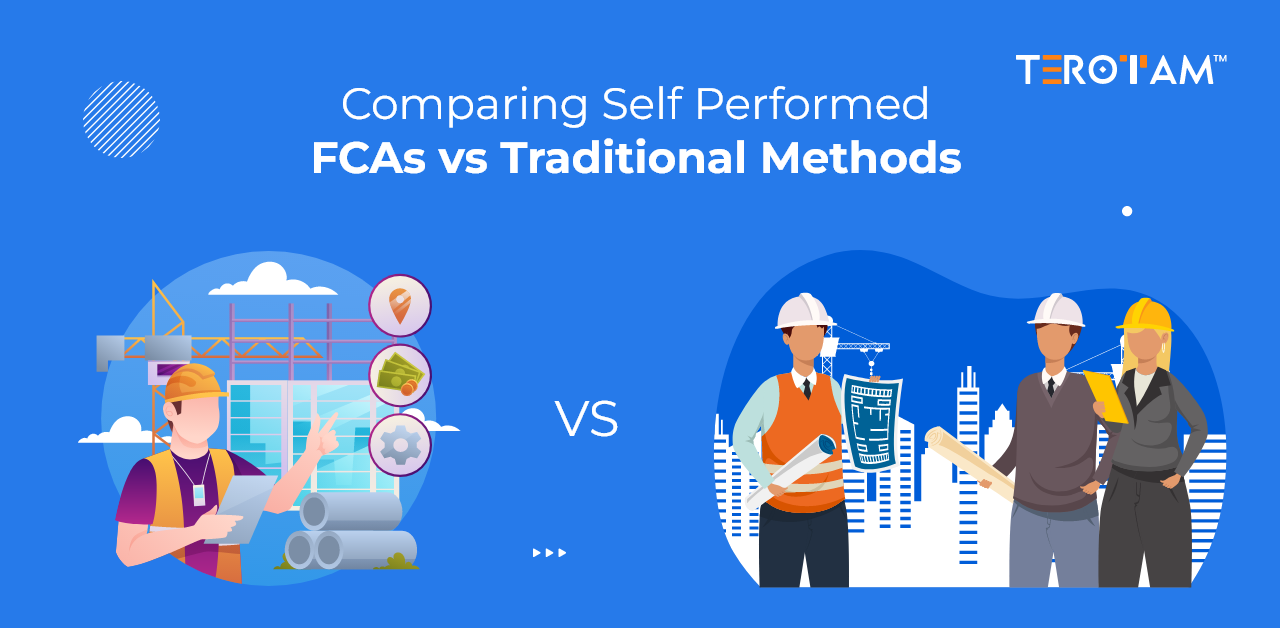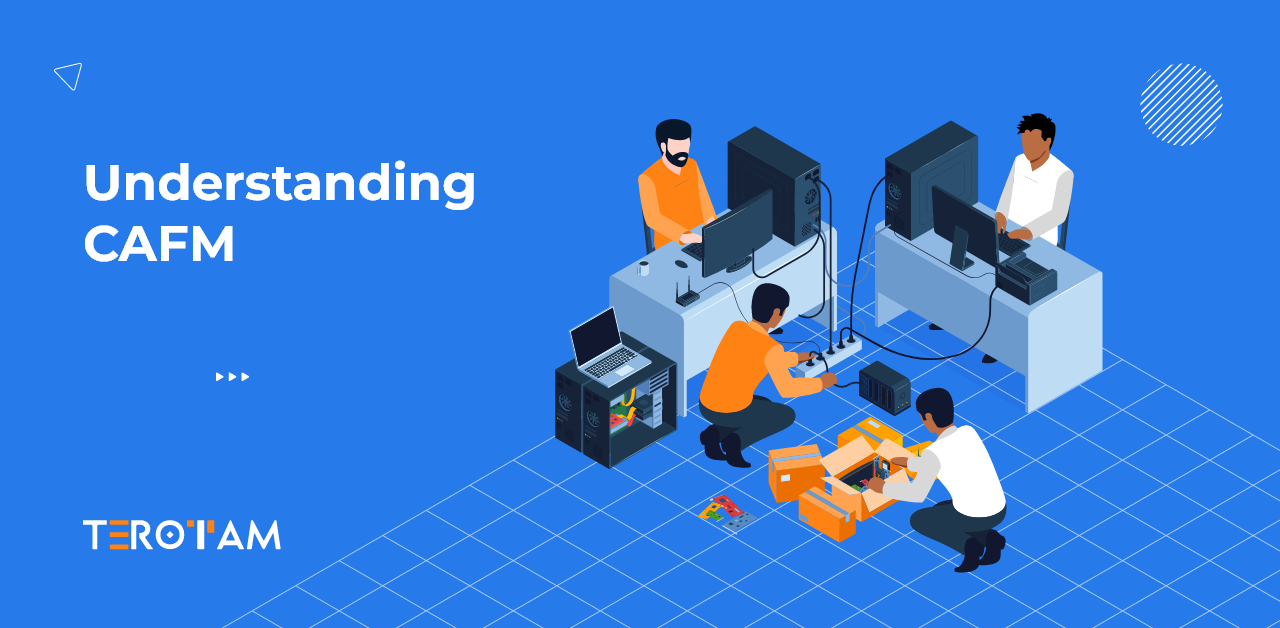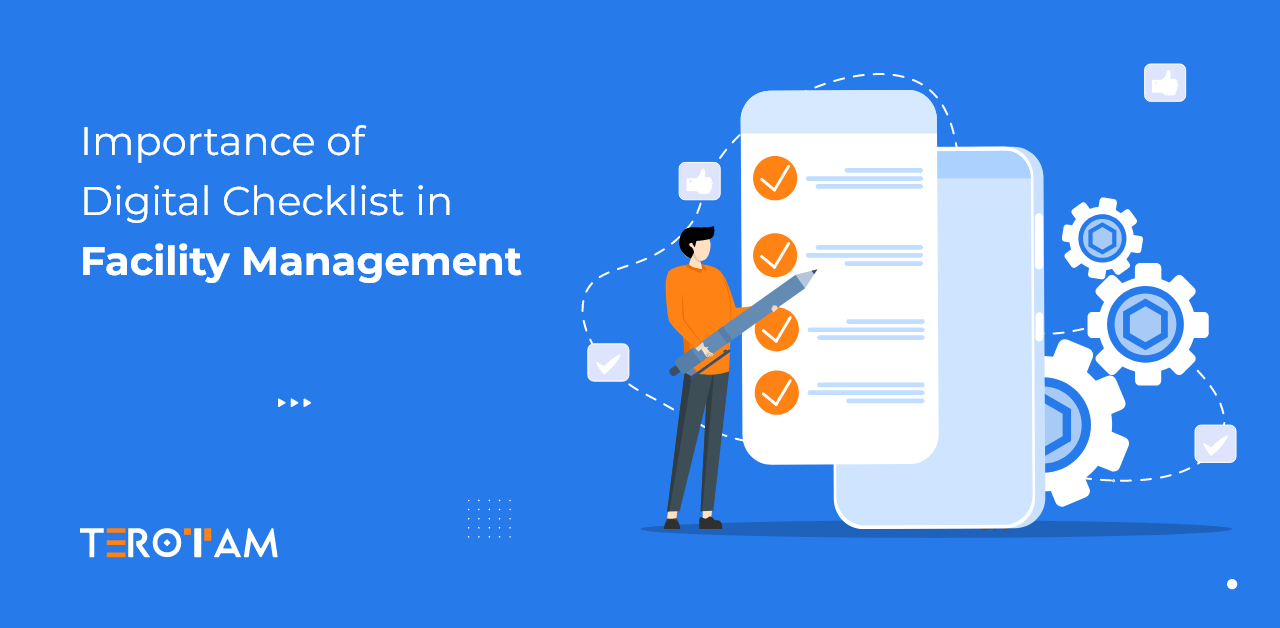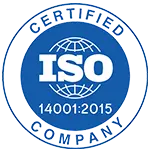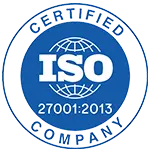Every facility tells a story through its condition — the creaking HVAC, the patched wall, the flickering lights in an aging hallway. Facility Condition Assessments (FCAs) are how that story is documented and turned into actionable insight. They show you what needs attention, what can wait, and what will cost you more tomorrow if ignored today.
But there’s an ongoing debate among facility leaders — should you outsource FCAs to professionals, or perform them with your in-house team? Each route carries its own benefits and limitations. Choosing the right one depends on how your organisation operates, what resources you have, and how often you want reliable data at your fingertips.
This article explores the practical difference between traditional FCA methods and self-performed FCAs, and how digital tools are transforming the way teams conduct and manage their assessments.
Understanding what an FCA really means
Facility Condition Assessment (FCA) is a systematic evaluation of a building’s physical assets — from structure and utilities to mechanical and electrical systems. It helps facility managers understand the true state of their assets, plan maintenance, and make informed investment decisions. The process goes beyond visual inspection to include data-backed insights that help identify risks and prioritise actions.
A well-conducted FCA provides a snapshot of how efficiently your facility operates and what issues may hinder its long-term performance. It combines engineering expertise, digital tools, and asset data to reveal where repairs, replacements, or upgrades are most needed. This ensures that maintenance budgets are allocated strategically rather than reactively.
In sectors like retail, healthcare, manufacturing, and real estate, regular FCA audits act as a foundation for operational continuity. They support compliance with safety standards, reduce unplanned downtime, and help organisations align their maintenance practices with business goals. An FCA not only measures a building’s health but also its readiness for future needs.
Scope of FCA
The scope of a Facility Condition Assessment defines what areas and systems are to be evaluated, the level of detail expected, and how data will be collected and used. A clearly defined scope ensures that the assessment captures every critical element — structural, functional, and operational — without missing out on hidden issues that could later become costly. It also sets the boundaries for planning, resource allocation, and post-assessment actions.
Key components within the FCA scope include:
- Structural integrity: Covers the condition of walls, roofs, foundations, and load-bearing elements that influence the safety and stability of a facility.
- Mechanical and electrical systems: Evaluates HVAC units, power supply networks, and electrical panels for efficiency, safety, and compliance.
- Plumbing and water systems: Checks the health of pipes, valves, drainage, and water supply lines for leakage, corrosion, or inefficiency.
- Interior and exterior finishes: Assesses floors, ceilings, doors, windows, and façades for wear, damage, or maintenance needs.
- Fire safety and emergency systems: Reviews alarms, sprinklers, extinguishers, and evacuation routes to ensure readiness and adherence to safety codes.
- Energy efficiency and sustainability: Analyses lighting systems, insulation, and energy usage patterns to identify cost-saving opportunities.
- Accessibility and compliance: Ensures that facilities meet local building codes, disability access standards, and operational regulations.
- Asset documentation and tagging: Includes digital tagging and recording of assets for easy traceability and integration into CMMS platforms.
Traditional vs self-performed FCA
Traditional FCA
Traditional Facility Condition Assessments are typically conducted by third-party consultants or engineering firms. They bring an external perspective and expertise, but the process often becomes lengthy and expensive. Coordination between site teams and external auditors can slow down reporting and limit the real-time visibility of findings.
Data collected during traditional assessments usually goes through multiple manual reviews before being shared with decision-makers. This leads to delayed insights, outdated reports, and missed opportunities for timely corrective actions. In many cases, facilities end up spending more time and resources managing the assessment than acting on its results.
Self-performed FCA
A self-performed FCA empowers internal facility teams to carry out condition assessments using digital tools like mobile apps and CMMS systems. It gives organizations full control over how assessments are planned, executed, and reported, eliminating dependency on external agencies. This approach promotes faster data collection, greater flexibility, and continuous monitoring across multiple sites.
With self-performed FCA, facility managers can customise checklists, automate documentation, and access real-time reports through cloud-based platforms. The process becomes more agile, data-driven, and responsive to day-to-day operational needs—helping organisations make informed decisions faster and at a lower cost.
Key differences highlighting the shift towards self-performed FCA
- Speed and flexibility: Self-performed FCA allows teams to assess assets anytime using mobile devices, while traditional audits depend on external scheduling and site visits.
- Cost efficiency: Internal assessments reduce consultant fees and travel costs, making the process more sustainable for multi-site operations.
- Data ownership: Facility teams maintain complete control of their data, ensuring better transparency and security compared to third-party managed reports.
- Customization: Self-performed assessments let managers create specific checklists for each location or asset category, improving data accuracy.
- Real-time visibility: Instant syncing to cloud platforms enables immediate access to assessment results, unlike traditional models that rely on post-inspection reporting.
- Continuous improvement: Regular internal assessments help track performance trends over time, while traditional methods provide only periodic snapshots.
- Ease of integration: Self-performed FCA data can be directly linked with CMMS or asset management systems, streamlining corrective actions and maintenance planning.
Challenges of traditional FCA in recent times
There was a time when traditional facility condition assessments worked just fine. A team of consultants would walk the site, take notes, click pictures, and return weeks later with a report bound in a thick file. It was systematic, respectable — and completely normal. But buildings have changed. Operations run faster, data moves in seconds, and yet, the FCA process is still crawling through spreadsheets and paperwork.
The biggest challenge now isn’t that traditional FCAs are wrong — it’s that they’re slow. When you’re waiting three weeks for a report, your assets don’t wait with you. HVAC systems age, lighting fails, leaks spread, and maintenance teams are left reacting instead of preventing. In industries where downtime costs real money, delayed insight is as bad as no insight.
There’s also the question of ownership. Outsourced assessments mean the data, interpretations, and even the maintenance priorities are controlled by someone outside your organisation. Every time you want an update, it’s another round of calls, travel, and fees. What used to be a single evaluation turns into a costly cycle of coordination.
Even when reports finally arrive, they often feel disconnected from reality — long tables, vague ratings, and generic recommendations. They tell you what’s wrong, not what to do next. By the time the data is compiled, your facility’s condition has already shifted.
And in an era of digital dashboards and IoT sensors, traditional FCA feels outdated. There’s no live visibility, no instant comparison across locations, and no integration with your CMMS or maintenance software. You end up managing reports instead of managing assets.
The truth is, traditional FCAs haven’t failed — they’ve just stopped keeping up. Facilities now demand a system that can move as quickly as the people running them. And that’s where the conversation naturally shifts to self-performed assessments, where control, speed, and visibility belong to you.
How TeroTAM helps you streamline self-performed FCA?
Self-performed FCAs can save time and cost, but without the right tools, managing inspections, data, and reporting can quickly become overwhelming. Teams across multiple locations need standardised processes, instant updates, and a way to capture every detail accurately. TeroTAM provides a cloud-based solution that simplifies every step, giving facility managers visibility, control, and flexibility.
The platform ensures that assessments aren’t just performed, but performed efficiently. From assigning tasks to collecting data and generating reports, TeroTAM turns what was once a slow, paper-heavy process into a streamlined digital workflow. Teams can focus on what matters — assessing assets and making decisions — rather than chasing forms or reconciling spreadsheets.
Key features of TeroTAM that streamlines self-performed FCA:
- Assign tasks remotely: Create and assign assessment tasks to teams at different locations instantly through your smartphone, ensuring everyone knows their responsibilities.
- Customised checklists for each facility: Build specific checklists for each store or building, so teams capture relevant data accurately every time.
- Real-time progress tracking: Monitor assessment progress in real time from your mobile device, keeping management and teams updated without waiting for manual reports.
- Photo and document integration: Capture images and attach documents directly to assessment reports, creating a complete, evidence-backed record of conditions.
- Offline-enabled inspections: Teams can perform assessments without internet access and automatically sync data to the cloud once connectivity is restored.
- Instant report deployment: Generate and share reports immediately from the mobile app, enabling faster decision-making and centralised oversight.
- Dynamic form creation: Create tailored assessment forms to collect specific information about different assets, systems, or locations.
- Automated notifications and reminders: Send alerts to managers or employees when assessments are due or when issues are flagged, ensuring nothing is missed.
TeroTAM transforms self-performed FCA from a complex, multi-step process into an efficient, reliable, and fully digital workflow. It gives teams the tools to act faster, make better-informed decisions, and maintain consistent quality across all sites.
Summing it up
Choosing between traditional and self-performed FCAs depends on your facility’s needs, resources, and operational goals. Traditional assessments offer expert validation and standardisation, but they can be slow, costly, and less flexible for day-to-day decision-making. Self-performed FCAs give teams control, speed, and the ability to monitor assets continuously, making them ideal for facilities that require real-time insight and adaptability.
With tools like TeroTAM, self-performed assessments become structured, efficient, and reliable. From task assignment and customised checklists to real-time progress tracking and instant reporting, TeroTAM ensures your team can carry out FCAs seamlessly while maintaining consistent quality and actionable insights across all locations.
For more details on streamlining your facility assessments, contact contact@terotam.com


